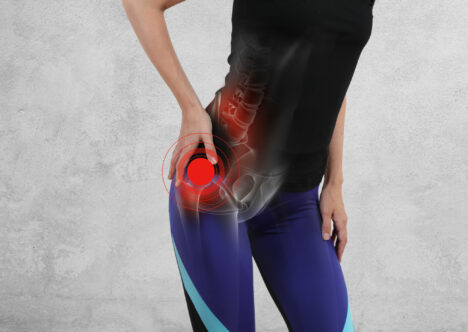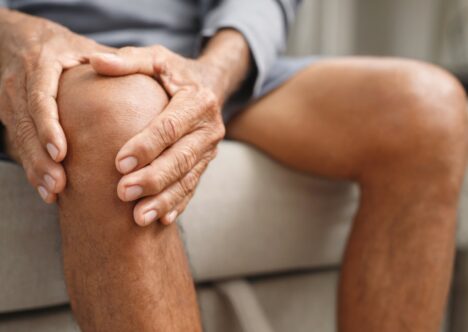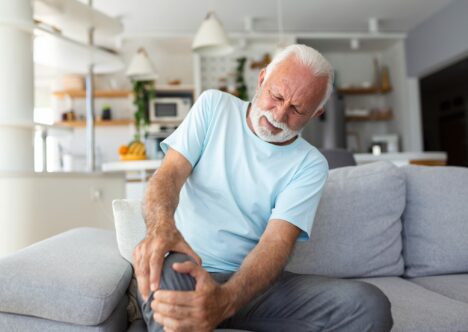Use our convenient online scheduler to book an appointment now.
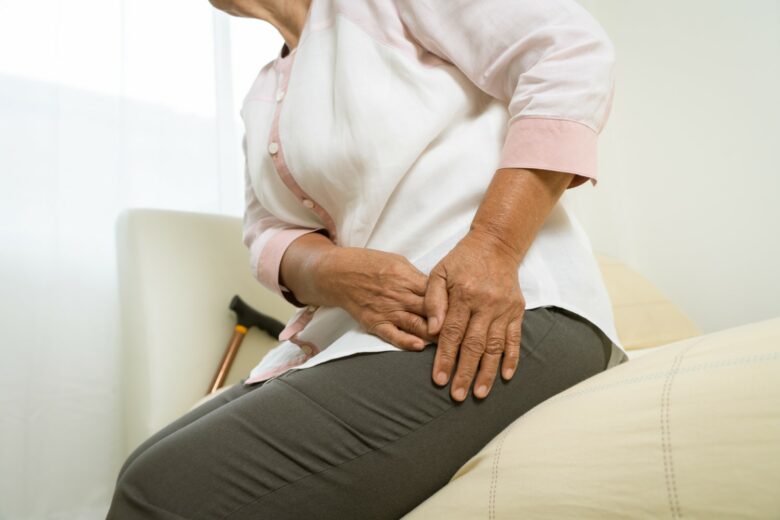
Hip flexor pain is a prevalent issue that can significantly impact daily activities, affecting individuals across various age groups and lifestyles. Whether you’re an athlete, a fitness enthusiast, or someone leading a sedentary lifestyle, understanding the nuances of pain in hip flexor pain is crucial for effective management and prevention.
In this in-depth exploration, we will delve into the details of hip flexor pain, covering its precise location, symptoms, and various causes, such as strains and labral tears. We’ll also explore treatment options for acute and chronic hip flexor pain.
Hip Flexor Pain Location
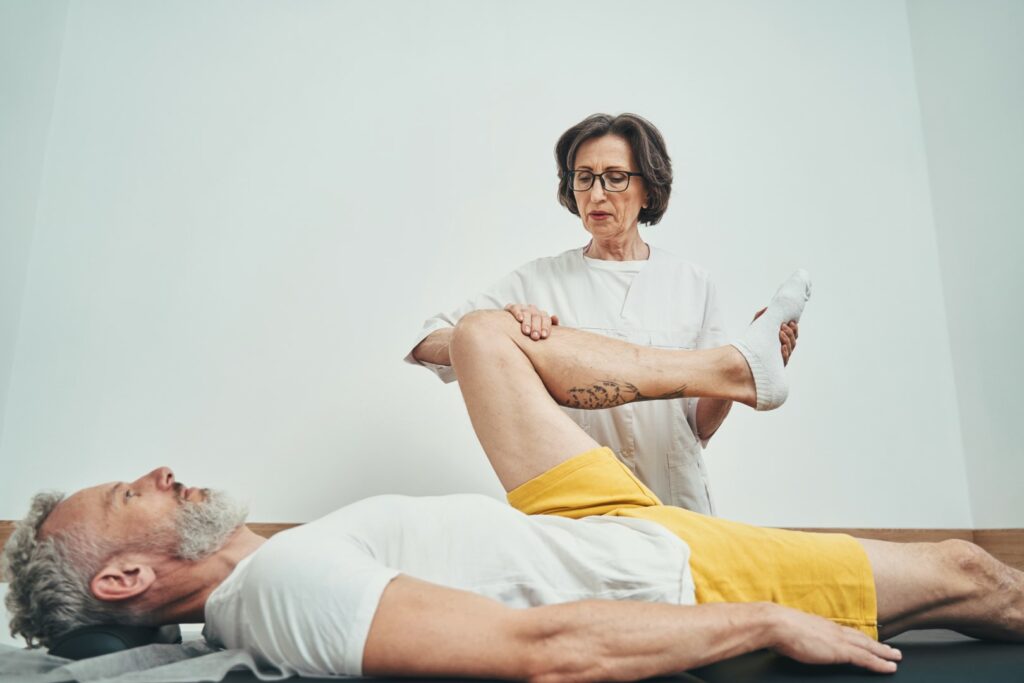
The hip flexor pain location is significant for differentiating it from other hip-related issues, such as hip joint arthritis or bursitis, which may manifest in different areas. By pinpointing the exact location of the pain, healthcare professionals can tailor treatment plans to address specific muscle groups and alleviate discomfort more effectively.
Symptoms of Hip Flexor Pain
Recognizing the symptoms associated with hip flexor pain is crucial for early intervention and effective management. Individuals experiencing hip flexor pain may encounter a range of symptoms, including pain or tenderness in the front of the hip or groin, discomfort with specific movements like lifting the knee or bringing the thigh toward the chest, stiffness or tightness in the hip region, swelling, and difficulty walking or climbing stairs.
It is important to note that the severity and combination of symptoms may vary from person to person. Some may experience mild discomfort with certain activities, while others may face more persistent and intense pain. Monitoring these symptoms and seeking medical advice when necessary is vital for timely diagnosis and appropriate treatment.
Causes of Hip Flexor Pain
- Strains: One of the primary causes of hip flexor pain is muscle strain. Strains often occur due to overuse, sudden movements, or insufficient warm-up before engaging in physical activities. Athletes, especially those involved in activities that require repetitive hip flexor movements like running or kicking, are more susceptible to strains.
- Labral Tears: Labral tears, resulting from trauma, repetitive movements, or structural abnormalities in the hip joint, can also contribute to hip flexor pain. The labrum is a ring of cartilage around the hip joint that provides stability and cushioning, ensuring smooth movement. Tears in the labrum can lead to discomfort and require specific interventions for effective resolution.
- Overuse and Tightness: Prolonged periods of sitting, inadequate stretching, and poor posture can contribute to hip flexor tightness and pain. Overusing these muscles without proper conditioning and recovery can lead to chronic discomfort. Regular stretching exercises and lifestyle modifications can help alleviate tightness and reduce the risk of hip flexor pain.
Treatment of Hip Flexor Pain
- Rest and Ice: Rest is paramount for individuals experiencing acute hip flexor pain. Avoiding activities that exacerbate the pain and applying ice to the affected area can help reduce inflammation and provide relief. This initial approach is crucial in the early stages of injury to prevent further damage.
- Physical Therapy: A personalized physical therapy program is often a cornerstone in treating hip flexor pain. Physical therapists can design exercises to address muscle imbalances, improve flexibility, and strengthen the hip flexors. Stretching routines tailored to the individual’s condition are crucial in rehabilitation.
- Medications: Nonsteroidal anti-inflammatory drugs (NSAIDs) may be recommended to manage pain and reduce inflammation associated with hip flexor injuries. These medications can provide short-term relief and support the overall treatment plan.
- Lifestyle Modifications: Adjusting daily activities, maintaining proper posture, and incorporating regular stretching into one’s routine are essential for managing and preventing hip flexor pain. These lifestyle modifications contribute to overall hip health and reduce the likelihood of recurrent injuries.
- Medical Intervention: In severe or persistent hip flexor pain, medical interventions such as corticosteroid injections may be diagnostic and therapeutic. In instances where conservative measures have proven ineffective, hip replacement surgery may be considered. Hip arthroscopic surgery may be a less invasive treatment option, and in instances with arthritis present, hip replacement surgery may be recommended.
Feel Better. Move Better. Be Better
Hip flexor pain is a multifaceted issue that requires a comprehensive understanding of its location, symptoms, and causes for effective management. Individuals and healthcare professionals can work collaboratively to develop targeted treatment plans by recognizing the precise location of hip flexor pain. Whether through rest, physical therapy, medications, or lifestyle modifications, addressing hip flexor pain promptly can improve overall hip health and enhance quality of life. Learn more about hip flexor pain management today.
If you are experiencing hip flexor pain, seeking professional advice for an accurate diagnosis and a tailored treatment plan is crucial. The specialists at Town Center Orthopaedics are equipped with the knowledge and experience to treat you, help alleviate your pain, and help you return to an active lifestyle. Request an appointment with one of our specialists or call (571) 250-5660 today.
Join our Mailing List
TCO provides patients with orthopedic problems the trusted resources and patient-centered advice they need to “Feel Better. Move Better. Be Better.”
© 2024 Town Center Orthopaedics | All Rights Reserved
